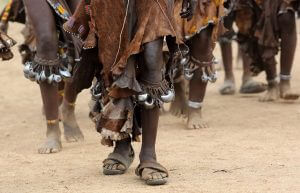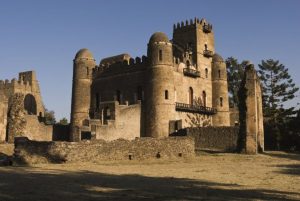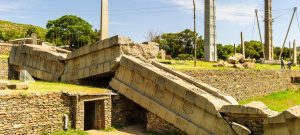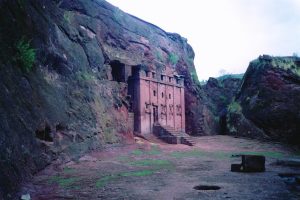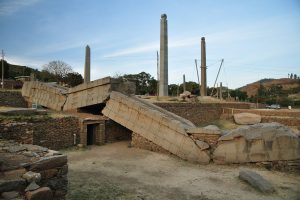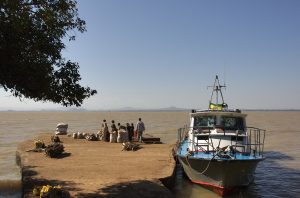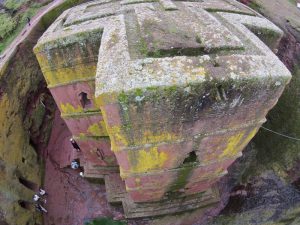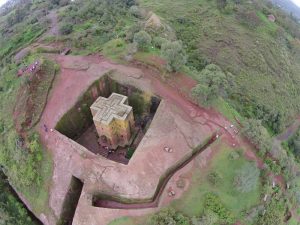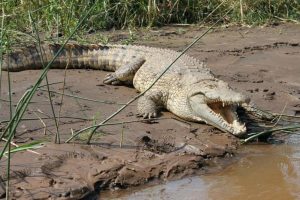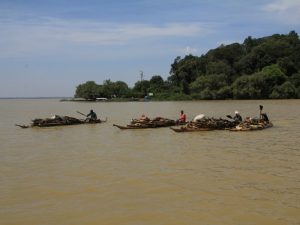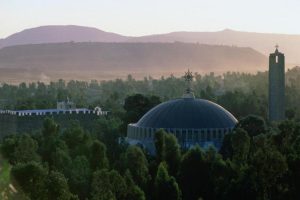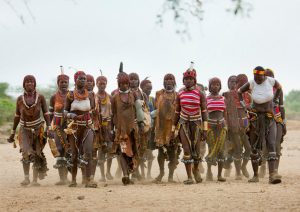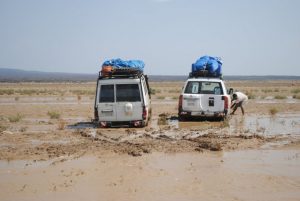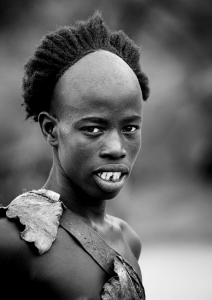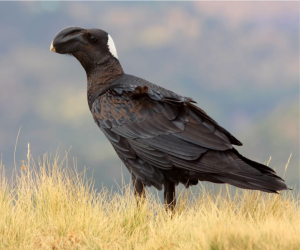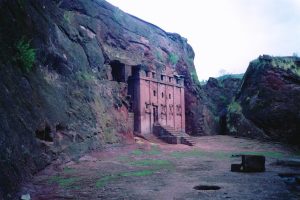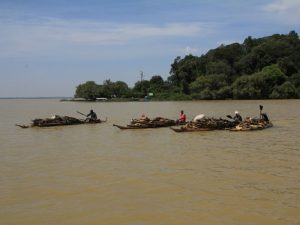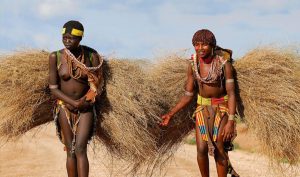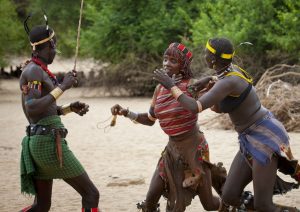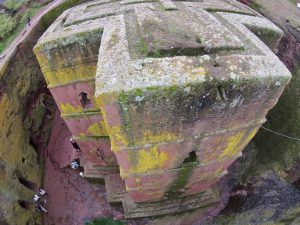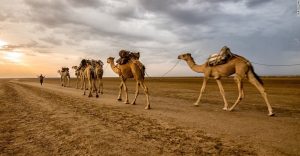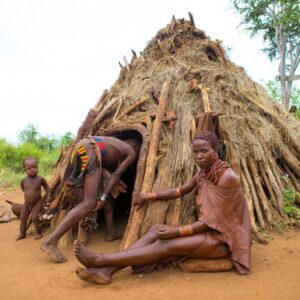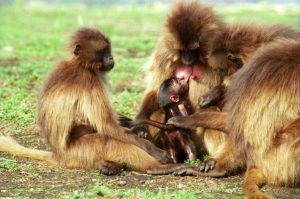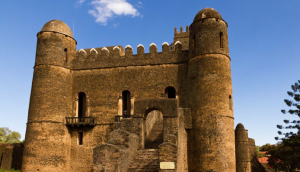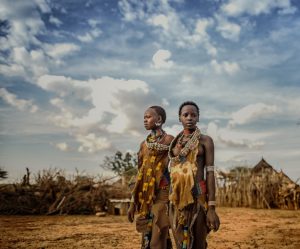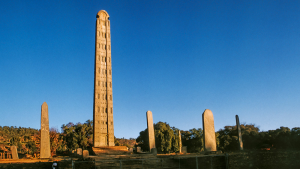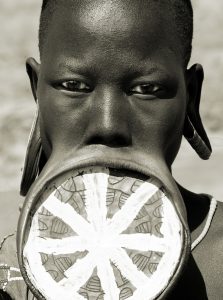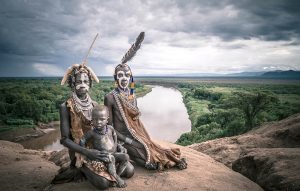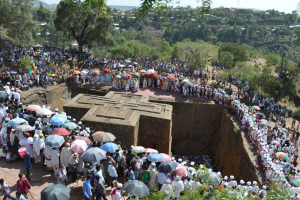Essential information
Plan your trip
Getting around Ethiopia– flying- most short term visitors use internal flights in Ethiopia. There are reliable daily flights between most of the stops on the Northern Circuit (Addis, Gondar, Lalibella, Axum, Bahir Dar).
If you have more time, or delight in the joys of overland travel, we can provide you vehicles (4WD, minibus and coaster bus )
Road: The best way to experience the variety of scenery Ethiopia has to offer is travel by road. Ethiopia’s road network has improved substantially in the past decade or so thanks to an extensive road maintenance program and many roads are become an asphalt.
There are a several highways in Ethiopia, majority of the roads are in good condition:
The major roads leading out from Addis Ababa are tar-sealed, all-weather roads along all (or most of) their routes. Many minor roads are paved and traversing them can be comfortable.
By car: -A good way to tour Ethiopia is by car. They can take you off the beaten track so you can see the beauty and attractions of Ethiopia.
We use reliable and well maintained Toyota Landcruisers, Buses and minibuses throughout the entirety of this tour and our drivers are chosen by us for their skills, their safety, their experience and their good nature. The main roads in Ethiopia are often newly tarmaced and facilitate comfort and efficiency. But this tour frequently goes off-piste to explore much more unusual areas, making the comfort and quality of our vehicles of utmost importance.
Vehicles /Transport: During the course of your trip, we will use a variety of vehicles, all which are fit for purpose and the conditions encountered. We will be using a 4WD Toyota land cruiser, mini buses or coater buses depending on the condition of the road and the size of the group.
These land cruisers can accommodate four to five participants. Travelling in Ethiopia is a great adventure and needs much patience and flexibility. The quality of the bus is not always comparable with the standards that you are used to in the West
Travel documents (Passport and Visa requirements)
Your passport should be valid for at least 6 months after having left Ethiopia. Also keep in mind that your passport needs at least 2 consecutive blank pages. A photocopy of your passport is a great idea (keep it somewhere separate in your luggage).
At present, a visa is required for entry as a tourist into Ethiopia. You should apply to your nearest Ethiopian embassy . For some nationalities it’s possible to obtain a tourist visa on arrival into Addis Ababa airport, visitors will need to bring two recent passport-sized photographs. Please check the visa requirements for your country well in advance of travel as they can of course change at any moment.
Upon request we arrange visas for our travellers, or if an invitation letter is necessary then we will arrange this for you.
There are no mandatory vaccination requirements
Climate:- Ethiopia is generally pleasant and warm, but varies with altitude. The long rains usually arrive mid- June to early September. After the rains, the highlands of northern Ethiopia are usually green and thus particularly scenic. The temperature all year round rarely falls below 18°C. Night-time temperatures in the mountains can be cold and can drop below freezing at higher altitude.
Temperature variations in the lowlands (Arba Minch, Konso,Turmi) are considerable (19 C – 30 C). Heavy rainfall occurs in most of the country during June, July, and August. However, average annual precipitation in the south is rare, erratic and a paltry 80 cm (30 in) per annum.
When to go –All year round
Accommodation: Currently, Ethiopia is known for its fine and luxurious hotels and Lodges . Reliable hot showers are generally speaking still a luxury and places with genuine charm are available. All accommodation throughout this tour is 2 -4 star (comfortable hotels with en-suite facilities)accommodation is based on twin sharing but single supplements are not compulsory. If you prefer not to pay a single supplement we’ll pair you with someone else of the same sex for you to share with throughout the trip. Single rooms are available (at an extra cost) But these must be booked and paid in Advance.
Food: – Hotel meals are generally good and full of variety. Local dishes tend to be very good if you like hot, spicy food although milder versions can be requested.
All food on trek is cooked for you and, although local produce can be a bit limited in the mountains, it is usually of a high standard. Vegetarians can be catered for, though you may find the diet somewhat limited. Clients who have specialist dietary requirements must contact us to discuss if they can be accommodated. you will have a private cook for your trek who will provide breakfast, packed lunch, tea and dinner each day. The food is great, and given most Westerners aversion to the Ethiopian staple Injurra, mostly of the Western variety. t bread and pancakes / eggs for breakfast, filling sandwiches for lunch, herbal teas, fantastic coffee and popcorn at the end of a long days trekking and then a massive meal to end the day with soup starter and a hearty main with plenty of veg to finish.
Small Rucksack/Daysac
During the course of a trekking day, you do not have access to the luggage that is being carried for you by the porters. In any mountain region the weather can change rapidly and you must be equipped for this eventuality. Your daysac should, therefore, be large enough to carry the following: waterproofs, sweater, long trousers (if walking in shorts), warm hat and gloves, sun hat, sun cream, water bottle (at least 2litre), tissues and your packed lunch. Most people normally find that this adds up to about 2 to 3kg. Camera equipment can be heavy so think carefully when deciding what to take. Other optional items in a daysac might be binoculars, a diary or a book to read at lunch time. It is usually more comfortable to carry a slightly larger pack that is not full than to carry a small pack that is overfull or with ‘bits’ tied on the outside. Something between 20 and 25 litres capacity is probably the most suitable. A shoulder bag is not a practical alternative.
Plastic Bags
Luggage:- 15Kg
Difficulty: This tour is not strenuous. Visits to the markets, villages and different tribes are very sedate, calm and relaxed requiring no great levels of fitness. There is however a fair bit of driving on gravel roads.
Private groups: The adventures featured in our itinerary are just a starting point for many of our private group travellers. Working closely with our Groups Department we can organize custom designed itineraries for groups of friends, clubs, charity’s, schools or even work colleagues. Our team will assist you with all aspects of your private group adventure from itinerary design to group flights. For group traveller pledge considerable discount.
Customized tours: On request, this tour can be customized for small groups.
Proceeding / additional days: It’s no problem to add days before or after the expedition and we’ll book these for you. If you bring more time, you could do day trips from Addis or take an extension tour
Group booking discount: If at least 5 people together book this trip, 6% discount is given.
Please remember that all Zagwe Ethiopia tour prices mean NO hidden extras, NO local payments.
Responsible tourism:-This trip is a great opportunity to see Ethiopian endemic species of Gelada.
The trip also gives employment and a market opportunity for the local shop owners, markets, restaurants, guides, scouts, mule hires, and many more. Also all the accommodations throughout your trip are owned and run by the members of the local community. Your needs associated with your travel will be served by the members of the community.
Adventure Rating
Comfort Grade
Fitness Level


